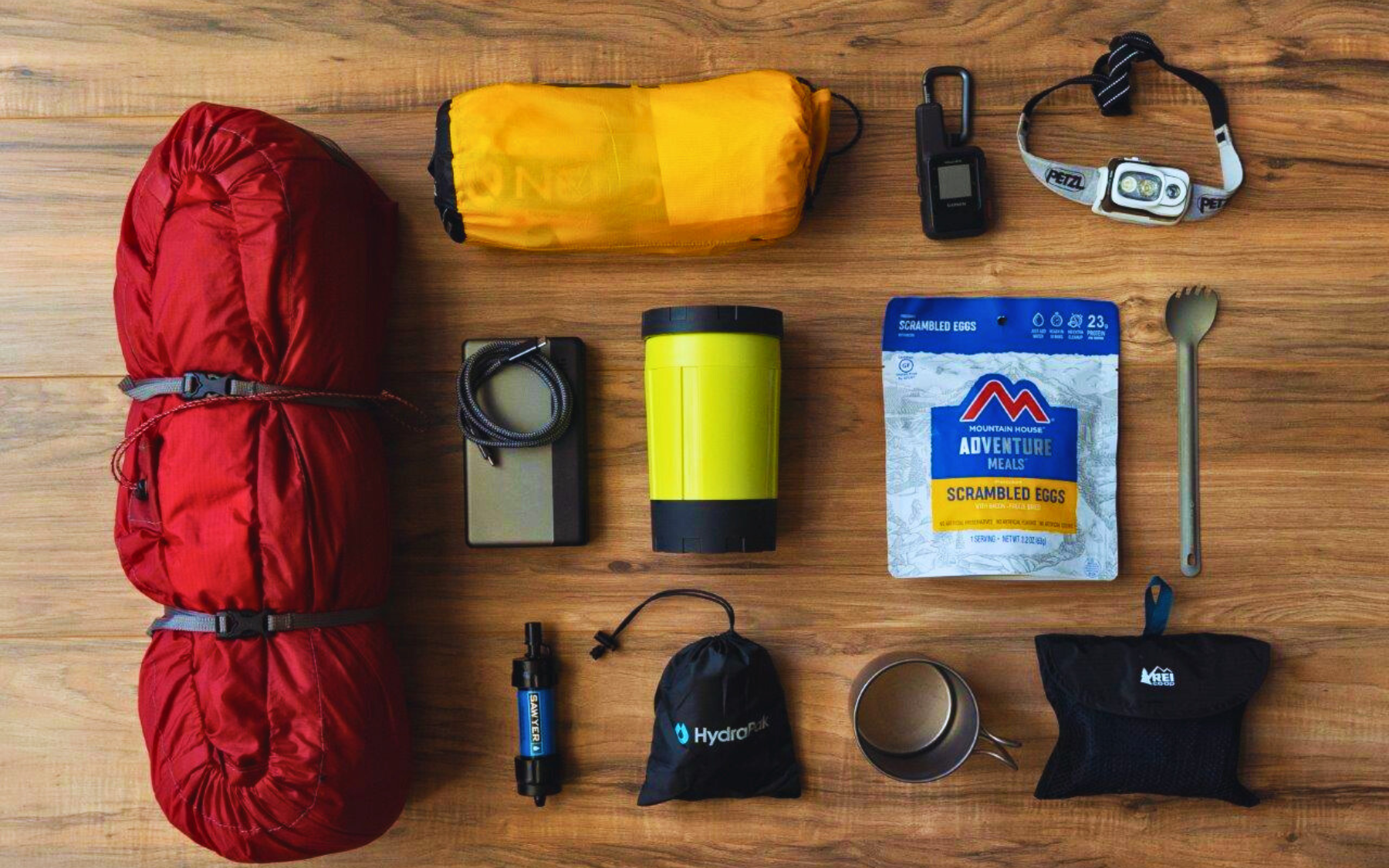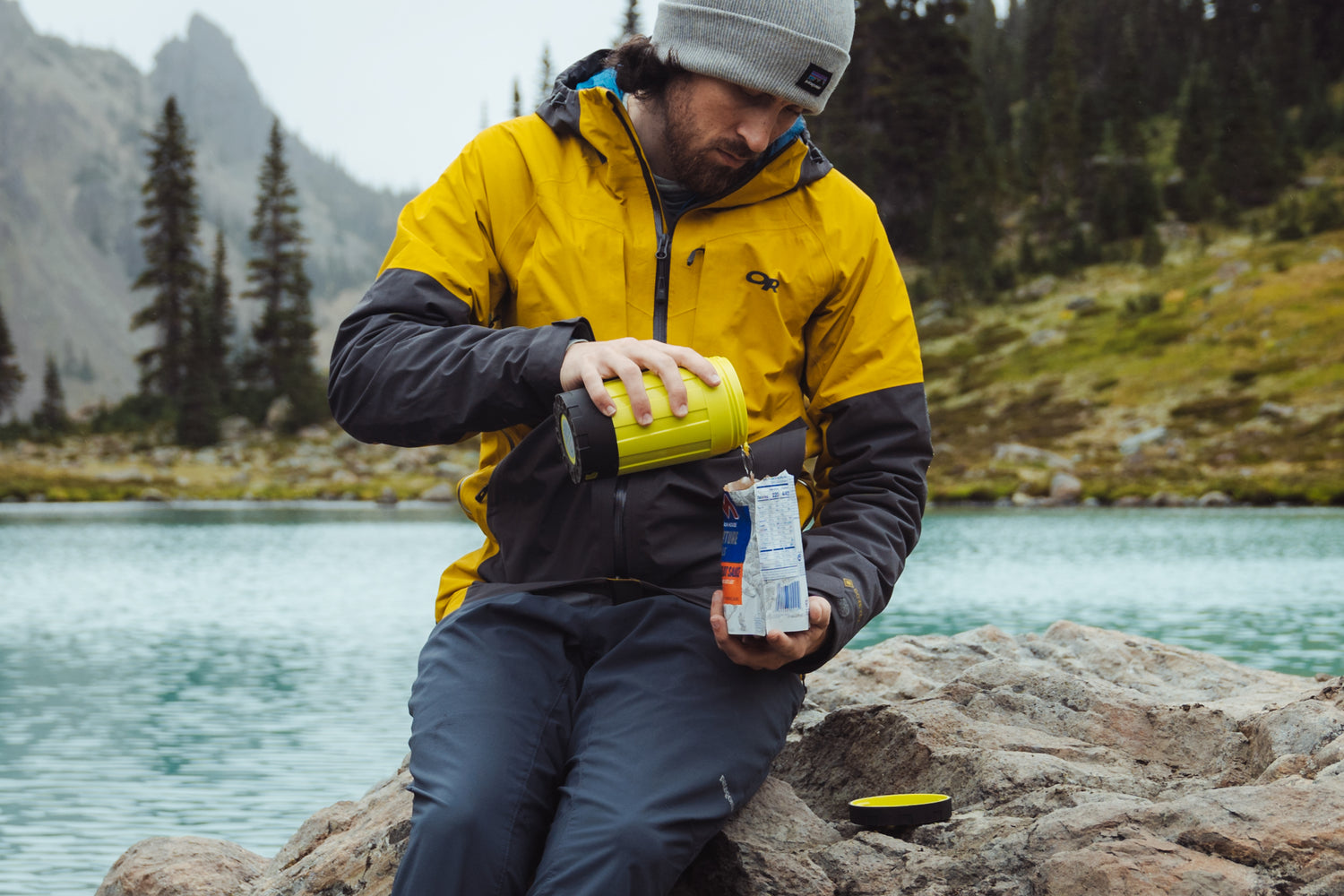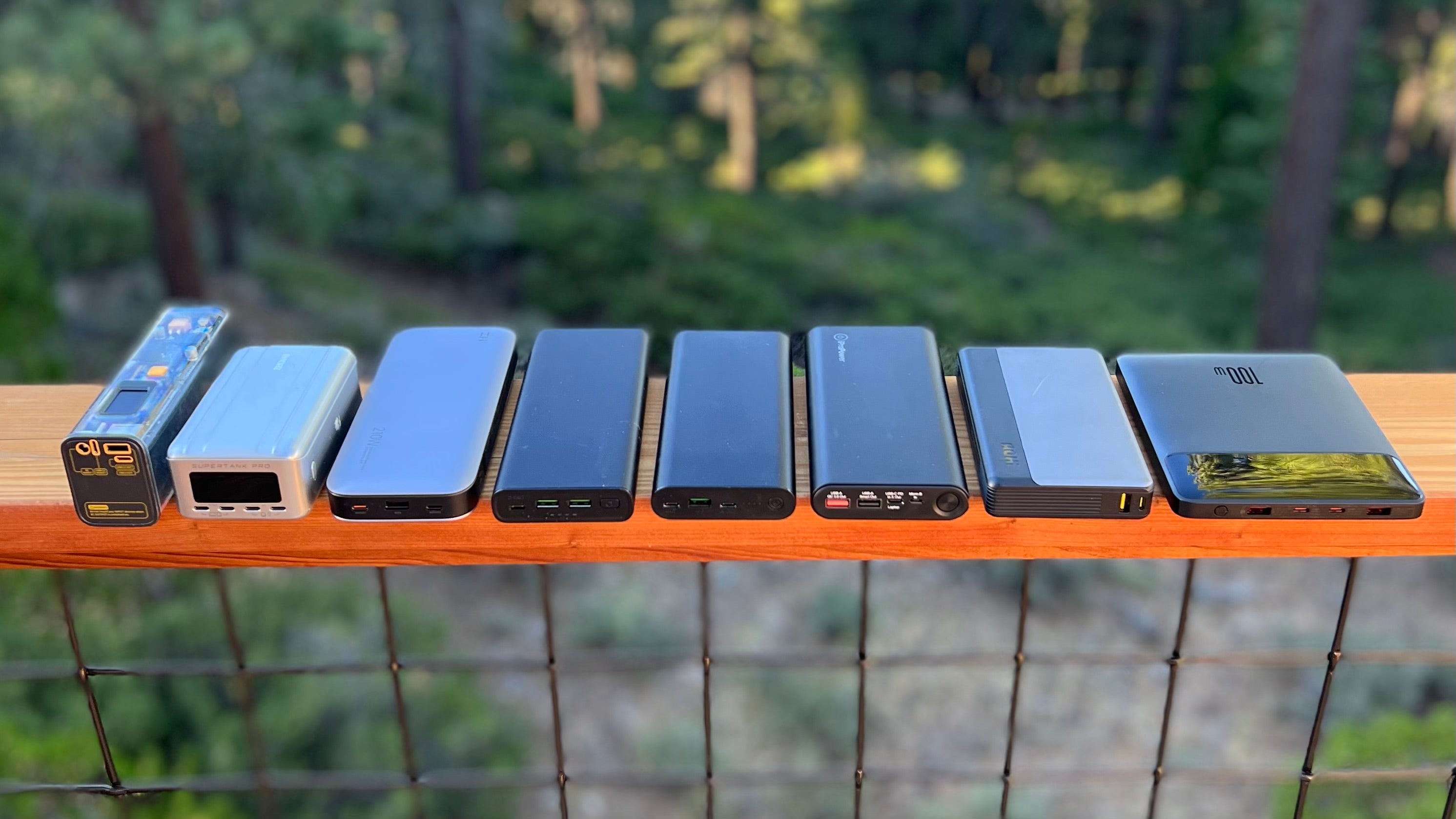How To Get The Most From Your Battery With EcoSimmer
Hot meals on a trek make all the difference. There’s nothing like a morning coffee to invigorate you for a day on the trail or a warm cup of soup at the end of a foggy summit climb. Keeping your EcoSimmer up and running for longer treks can require some pre-planning to make sure your battery lasts as long as you do.
Our top tips for getting the most out of your battery in the backcountry

Fundamentally, we’re still in the early days of battery technologies, and heater water or your favorite backcountry food and drinks requires a surprisingly large amount of energy. EcoSimmer is super energy efficient–at about 75% versus theoretical physics(!)--however, since the technology is in its early days, we’re here to provide a comprehensive guide on best practices to get the most out of your battery when using EcoSimmer.
Heat Only the Water You Need
Heating water with EcoSimmer is linear. That means if you double the water, you double the power required and double the drain on your battery. So the easiest way to conserve power on the trail is to heat only the amount of water you need for your current meal. Waste not, want not as the philosophers say.
Start with Warmer Water
The difference between the temperature of the water you start with and the temperature you heat it to directly affects the amount of power needed. So, taking water from a glacial lake that is just above freezing all the way to a boil will take a lot out of your battery.
For better battery use, start with water that’s already warm. If you reach camp and the water in your Nalgene has warmed up through the day to room temperature, use that in your EcoSimmer and filter the fresh glacial water for a refreshing cool-down drink. Or if you arrived at camp early and aren’t planning to cook right away, lay your water bottle or bladder in the sun and let nature do some of the work.
Keep the Lid On
When you’re heating up water in your EcoSimmer, keep the lid on it. EcoSimmer is all about efficiency, and when you leave the lid off, you’re literally letting heat and energy escape… Just like when you visited your grandparents and would leave the door open and suddenly hear “you think we’re trying to heat the whole world? Close the door!”, the same principle applies. I guess grandpa was on to something…
Heat Only to Coffee Temperature
The perfect cup of coffee is an art as much as a science. And while we could nerd out about coffee all day, we’ll try to stay focused on batteries here.
According to the big names in the coffee world, coffee is best enjoyed at around 70°C (158°F). At this temperature, the full coffee flavor comes out and can be fully experienced since you won’t overheat your tastebuds. In fact, did you know that drinking the same coffee at different temperatures can noticeably affect the taste with the mid-temperature cup producing the best balance of flavor, acidity, and sweetness….. Ahem… Sorry.
Anyways, bringing your EcoSimmer only up to 70°C, or to “coffee temperature” as we like to call it, will drastically improve your battery life and let you enjoy even more cups of coffee on the trail. Most just-add-water meals also work with below boiling water, so you can use this trick for meals too. They just might have to sit a few extra minutes before you dig in.
Check out our battery guide for our recommended batteries!
Backcountry cooking with EcoSimmer makes hot meals easy, simple, and sustainable. With a little forethought and an extra battery, you can get the most out of your weekend treks with no flame, no fuel, and no dishes to wash. So go on, get out there.




